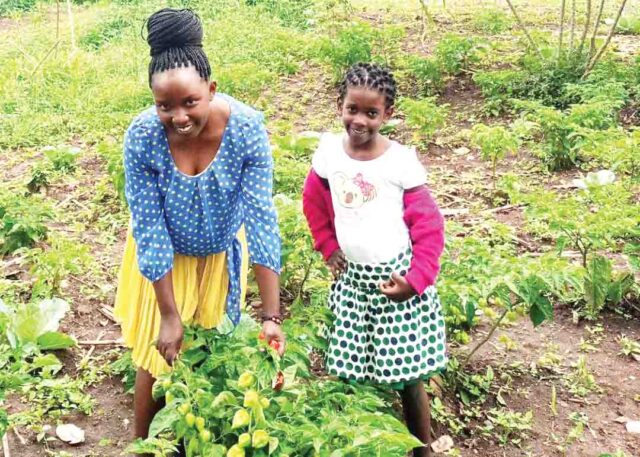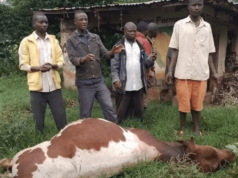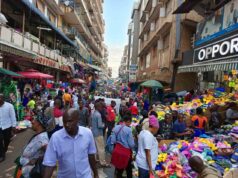By Beatrice Nakibuuka
Hot pepper is a fast-growing crop in Uganda that takes about three months to mature. It is drought-resistant and has a high demand on the local and export market. It is grown by small-scale farmers in gardens and not green houses.
Preparation
Elizabeth Ampaire grows hot pepper for a living. She harvests 25kg of pepper every two weeks for close to four months.
Her garden is on a plot of 100 by 100 ft in Gayaza, Wakiso district.
She recommends that before you start growing pepper, one should do thorough test on the type of soil since the best pH is 6 or7.
“It is important to let the experts do the garden inspection especially if you are growing the pepper for export,” she says.
Also, do market research on which markets pay better so that you do not just grow the pepper without knowing where you are going to sell.
In order to have high yields, Ampaire says you must have a very high quality of seedlings. She says she buys the seeds from container village.
The common pepper variety is Scotch Bonnet the “Caribbean” type, which has a rich unique flavour.
The Red Bird Eye Chilli is highly demanded in the export market for food and pharmaceutical industries, while the Long Kayen has recently been introduced in the northern region.
Ampaire believes that good planning and hard work lead to good results.
Just like the Bible states in Proverbs 21:5: “Carefull planning puts you ahead in the long run: hurry and scurry puts you further behind.”
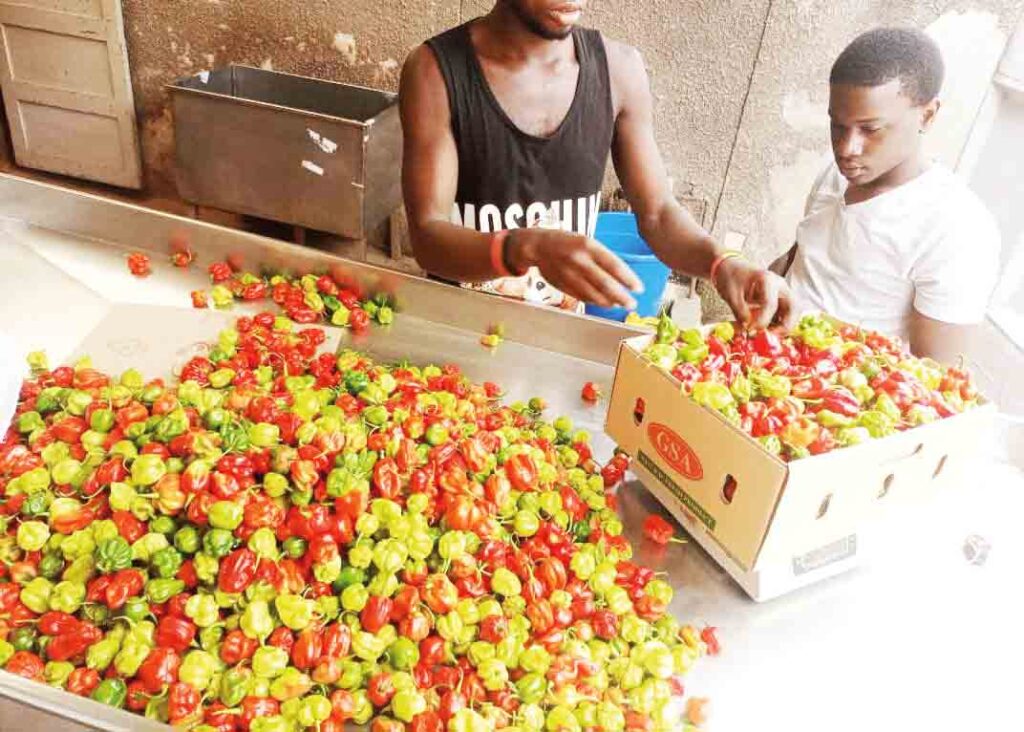
The nursery bed
In order to have a good nursery bed, Ampaire mixes soil with natural manure especially from chicken droppings.
She buys the droppings from a farmer for Shs 10,000 per sack.
“But since the droppings are usually very acidic when fresh, I usually keep them for two weeks to ferment and thereafter, they are ready for use,” Ampaire adds.
She then mixes a quarter of manure in three quarters of soil and puts a reasonable amount of the mixture in several pots, which act as her nursery beds.
In the pots, she broadcasts some seeds depending on the size of the pot.
She then puts some dry grass on top to protect the seeds from extreme temperature and destruction from birds. She waters the seedlings every evening.
She also sprays in order to prevent the moths that usually attack the seeds at this stage.
While still in the nurseries, Ampaire also sprays with a fertilizer that is rich in potassium and phosphorus which encourage shoot growth.
The main garden
After about one month, it is now time for you to transfer your fully grown seedlings into the main garden.
Ampaire digs holes that are 15 inches apart. On her plot, she plants about 5000 plants.
She says: “Dig a hole for each seedling and add a fertiliser. I prefer natural manure because it stays longer in the soil and does not affect the soil.”
After the transfer, she ensures there is just enough water because the plants are stronger and independent.
After one and a half to two months, the pepper starts flowering. Here one has to fight pests.
“I usually put traps of plastic bottles with a fluid that is sweet for the insects, but when they get inside, they cannot come out so they die,” she says.
Hot pepper can be attacked by insects, nematodes, fungal, viral and bacterial pathogens especially during the fruiting stage.
At the end of the third month you may be able to start harvesting, and you can harvest throughout the year.
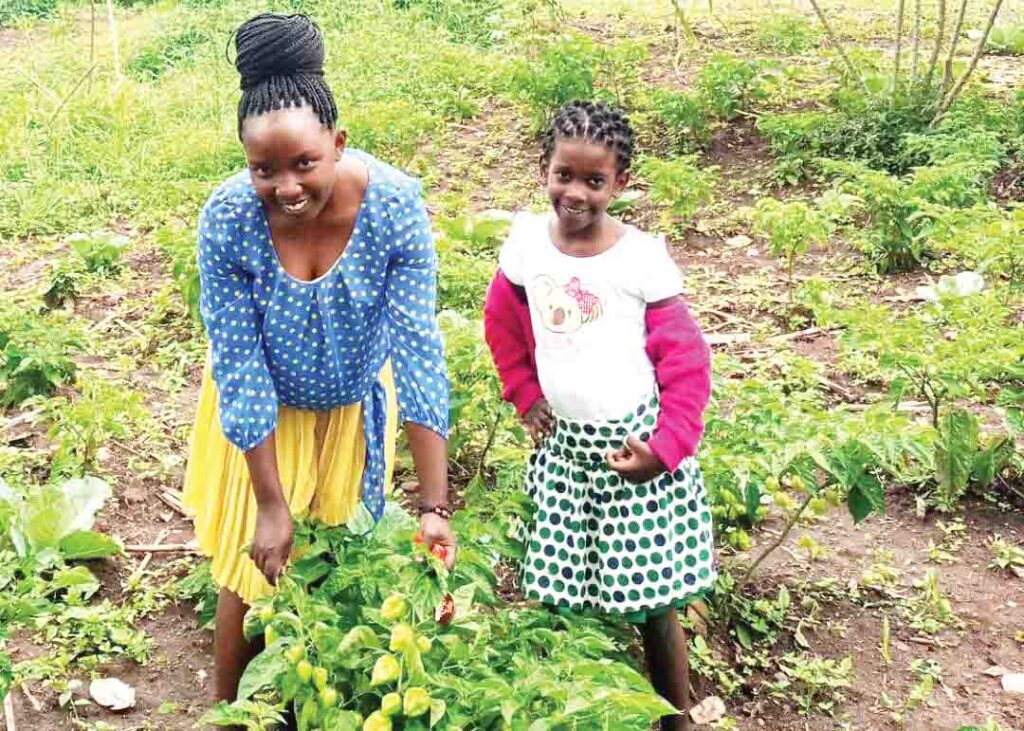
The market
Pepper can be sold locally in supermarkets, whole sale shops, groceries and hotels. It can also be exported.
The major buyer in this sector is Britania Allied Industries in Uganda.
December to January is the peak season for pepper on the export market according to Ampaire.
This is because it is winter time and the people eat it to help them warm up.
She says: “At this time, a box of pepper containing 4kg costs between Shs 18,000 to Shs 20,000 during the peak season. Out of season, the same amount of pepper costs Shs 12,000.”
At the end of harvesting, Ampaire recommends that the land be left to rest or one plants another type of plant to allow the pests and diseases to die.
















